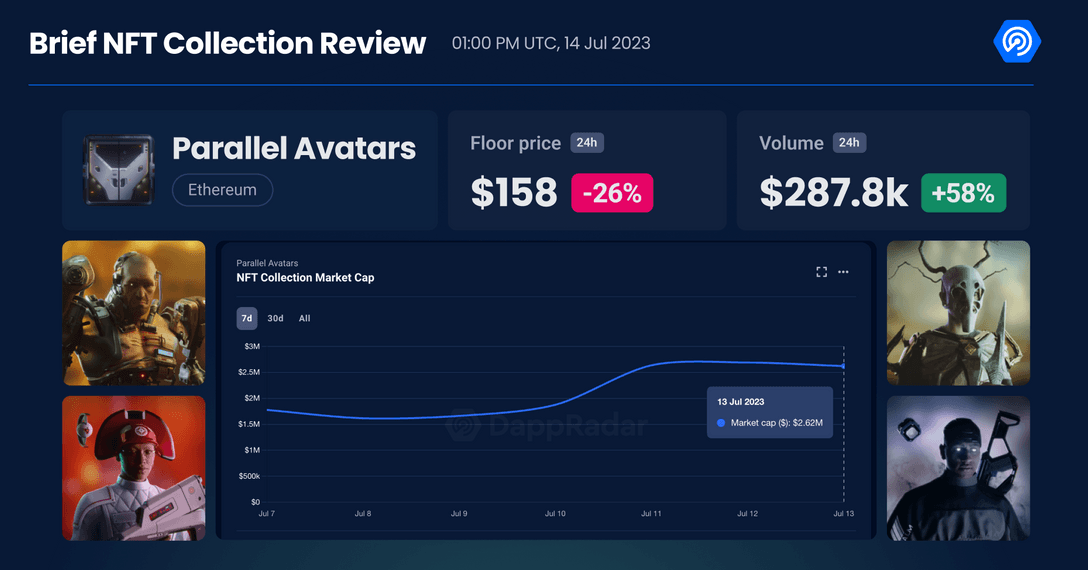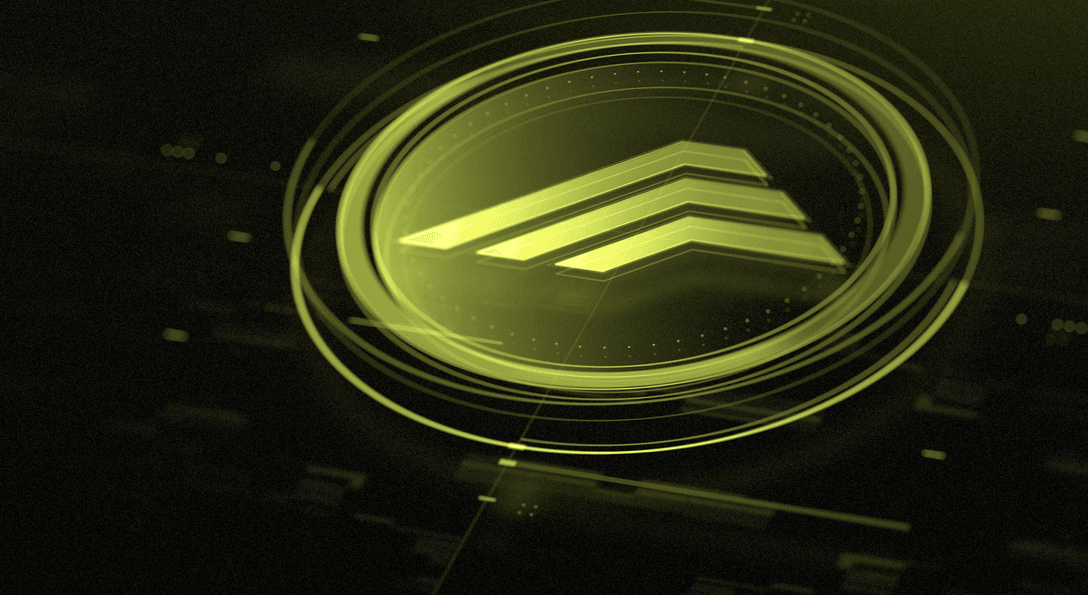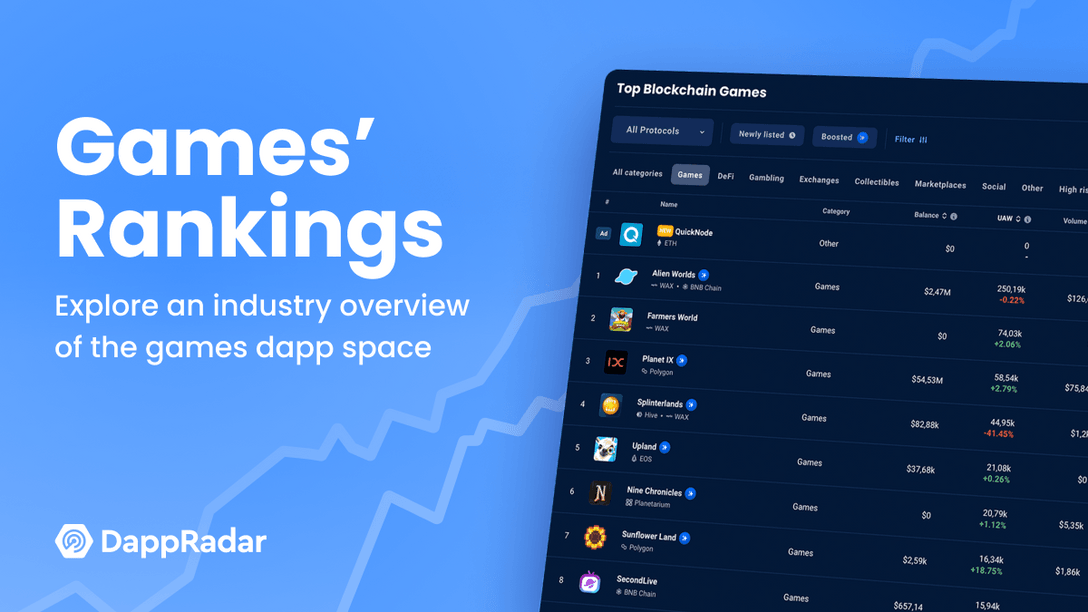Get to know all about this free-to-play digital trading card game
Welcome to the universe of Parallel, a unique trading card game (TCG) developed by Parallel Studios. Built on a fascinating blend of play-to-earn, NFT, AR, and rich interstellar lore, this game has quickly captured the interest of gaming enthusiasts around the globe.
Contents
What is Parallel?
Parallel is a trading card game developed by Parallel Studios utilizing the play-and-earn features. It represents a convergence of traditional trading card game mechanics and modern digital gaming innovations, set amidst a narrative backdrop of interstellar travel and societal evolution.
At the core of the Parallel TCG are the Parallel NFTs, an expanding collection of digital assets that reflect the game’s central factions, known as “Parallels”. These digital assets form the basis of the gameplay, with players assembling and deploying decks composed of these NFTs to compete against one another.
Parallel has its NFT trading cards and the game and governance token PRIME on the Ethereum blockchain – and is part of the Echelon Prime Foundation, a new Web3 gaming ecosystem.
Who is on the Parallel team?
Parallel Studios is the game development company behind the innovative Parallel Trading Card Game. Based in Toronto, Canada, it’s engaged in the development of the Parallel sci-fi franchise utilizing blockchain and NFT technology.
The team includes professionals with experience in areas such as game design, blockchain technology, and NFT creation. They are working to incorporate this intellectual property into various formats, including games, cards, comics, and movies.
One of their goals is to intertwine traditional entertainment with blockchain technology, leading to a model where users can own components of the digital worlds they interact with.
How to play and win Parallel?
Parallel shares some similarities with traditional collectible card games such as Magic: The Gathering.
Players take turns playing cards from their hand onto a shared playing area. Each card has specific abilities, strengths, and effects that can impact the game. The objective of the game varies but often involves reducing the opponent’s life points or achieving certain conditions to win. Gameplay involves elements such as attacking and defending, and you also must strategically manage your resources.
However, it incorporates features and mechanics that distinguish it thanks to it being a blockchain-based digital card game like Splinterlands and Gods Unchained, such as:
- True ownership of in-game digital assets
- Play-and-earn economy
- Blockchain-based security and transparency
Getting started with Parallel
At the time of writing, the trading card game Parallel is still in its development stage. For those eager to participate, the option to join is currently available through an early access request system. During select periods, Parallel Studios announces opportunities for players to participate in closed alpha testing. Check the official channels regularly for announcements and visit the official website to submit a request for early access. Until then, you can:
- Research and set up your wallet in the dapp
- Acquire PRIME tokens
- Collect Parallel NFTs
- Assemble your Deck
- Learn to play the game to play and earn
Parallel NFTs
In the Parallel universe, there’s a wide variety of NFTs, each having unique roles and functions. Among these, two prominent types are Cards and Avatars.
Cards
In Parallel, Cards are one of the central NFT elements that contribute to the gameplay. These digital assets form the core of the trading card game, serving as the primary tool for players to strategize and compete against each other. Each card, represented as an NFT, carries distinct attributes, such as various types of actions, effects, and stats that can influence the outcome of matches.


The cards are themed around the five Parallels, or factions, that drive the game’s narrative. These Parallels contribute to the diverse range of cards, each with unique abilities and gameplay mechanics. As these are NFTs, players truly own these cards and can trade or sell them freely within the Parallel and Echelon ecosystem.
In a typical Parallel match, players assemble and deploy decks of these cards, aiming to outmaneuver their opponents. Therefore, strategic deck composition and understanding of card interactions are critical aspects of the gameplay.
As the game evolves, Parallel Studios plans to release more cards in various formats, expanding the game’s tactical depth and offering players new ways to engage with the Parallel universe. You can get your cards on the secondary marketplace OpenSea or on the game’s marketplace. At the time of writing, the floor price for the Parallel Alpha cards collection stands at 0.8 PRIME ($1,51), and the sales volume surpassed 77,387 ETH ($154,332,120).
Avatars
In Parallel, Avatars are distinct characters representing the five existing factions within the game’s universe. These Avatars, or Parallel PFPs (Profile Picture), go beyond being mere digital representations, as they facilitate access to an expanding array of experiences within the Parallel universe.


Assigning an Avatar as your profile picture enables players to earn extra PRIME tokens within the TCG when they secure victories, amplifying the value of gameplay. Moreover, Avatars are designed to provide priority access to future experiences rolled out within the Parallel universe, making them integral components of the ecosystem.
Notably, the Avatars collection experienced immense demand upon launch, with all units selling out within hours. The trading volume of these Avatars has been robust, reaching 387 ETH ($771,000) in a few days after mint. At the time of writing, the collection’s floor price stands at 0.08 ETH ($160).
Parallel’s PRIME token
Parallel TCG utilizes the Echelon Prime (PRIME) token, an essential utility token within the Echelon ecosystem. Operating on the Ethereum blockchain, the token’s primary functions are facilitating gameplay, reward distribution, and community governance.
PRIME tokens are awarded to players for winning matches, but they also have a broader role in the ecosystem. They serve as a means of exchange for purchasing collectibles, services, and in-game enhancements offered by Parallel Studios.


One unique aspect of the PRIME token economy is its circular nature. Instead of tokens being burned or removed from circulation after use, they are redistributed into different contracts to balance the game’s economy and support its scalability.
The total supply of PRIME is fixed at 111,111,111,111. The tokens were first unlocked in March 2023 and are available for trading on Uniswap and other exchanges.
How to earn from playing Parallel
Players can earn PRIME tokens by winning matches in Parallel TCG. The number of tokens awarded depends on a range of factors, including the outcome of the match, the time since the game’s launch, the player’s rank on the ladder, and equipped keys, among other modifiers.
Essentially, the more active and successful a player is, the greater the opportunity to earn PRIME tokens.
Discover trending Web3 games
Curious about play-and-earn games that are going to explode? Check out the DappRadar Top Games Ranking to get updated about trending gaming dapps.


Useful links
.mailchimp_widget { text-align: center; margin: 30px auto !important; display: flex; border-radius: 10px; overflow: hidden; flex-wrap: wrap; } .mailchimp_widget__visual img { max-width: 100%; height: 70px; filter: drop-shadow(3px 5px 10px rgba(0, 0, 0, 0.5)); } .mailchimp_widget__visual { background: #006cff; flex: 1 1 0; padding: 20px; align-items: center; justify-content: center; display: flex; flex-direction: column; color: #fff; } .mailchimp_widget__content { padding: 20px; flex: 3 1 0; background: #f7f7f7; text-align: center; } .mailchimp_widget__content label { font-size: 24px; } .mailchimp_widget__content input[type=”text”], .mailchimp_widget__content input[type=”email”] { padding: 0; padding-left: 10px; border-radius: 5px; box-shadow: none; border: 1px solid #ccc; line-height: 24px; height: 30px; font-size: 16px; margin-bottom: 10px !important; margin-top: 10px !important; } .mailchimp_widget__content input[type=”submit”] { padding: 0 !important; font-size: 16px; line-height: 24px; height: 30px; margin-left: 10px !important; border-radius: 5px; border: none; background: #006cff; color: #fff; cursor: pointer; transition: all 0.2s; margin-bottom: 10px !important; margin-top: 10px !important; } .mailchimp_widget__content input[type=”submit”]:hover { box-shadow: 2px 2px 5px rgba(0, 0, 0, 0.2); background: #045fdb; } .mailchimp_widget__inputs { display: flex; justify-content: center; align-items: center; } @media screen and (max-width: 768px) { .mailchimp_widget { flex-direction: column; } .mailchimp_widget__visual { flex-direction: row; justify-content: center; align-items: center; padding: 10px; } .mailchimp_widget__visual img { height: 30px; margin-right: 10px; } .mailchimp_widget__content label { font-size: 20px; } .mailchimp_widget__inputs { flex-direction: column; } .mailchimp_widget__content input[type=”submit”] { margin-left: 0 !important; margin-top: 0 !important; } }
- SEO Powered Content & PR Distribution. Get Amplified Today.
- PlatoData.Network Vertical Generative Ai. Empower Yourself. Access Here.
- PlatoAiStream. Web3 Intelligence. Knowledge Amplified. Access Here.
- PlatoESG. Automotive / EVs, Carbon, CleanTech, Energy, Environment, Solar, Waste Management. Access Here.
- BlockOffsets. Modernizing Environmental Offset Ownership. Access Here.
- Source: https://dappradar.com/blog/parallel-card-game-guide



